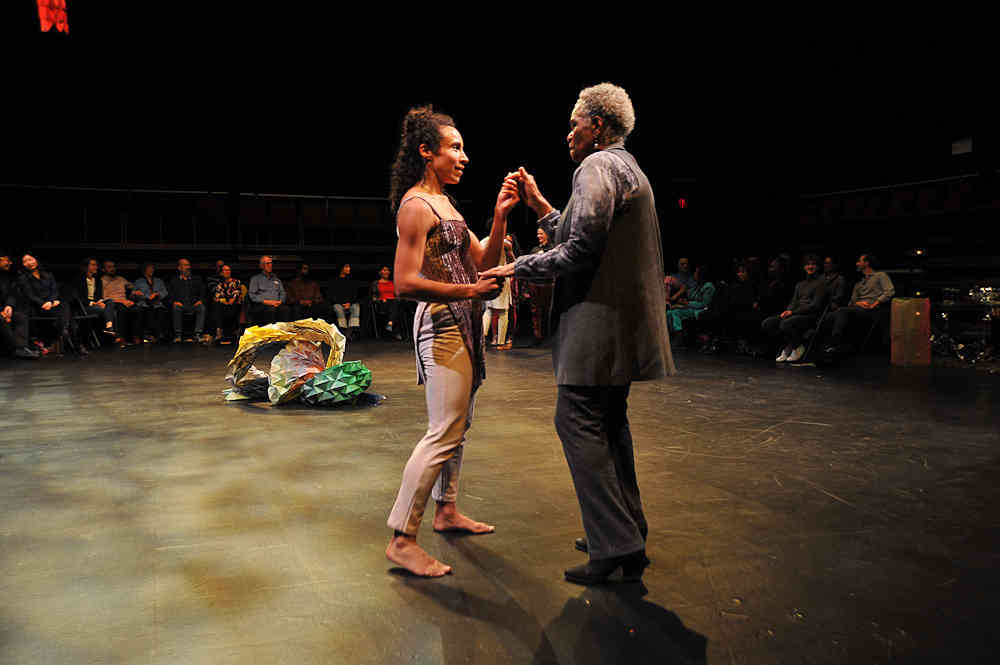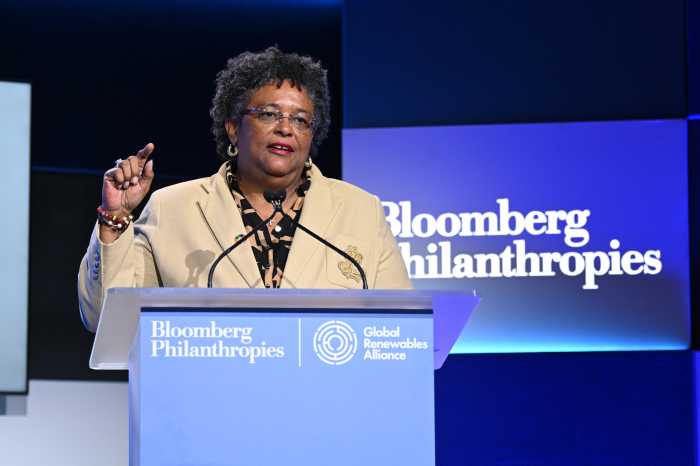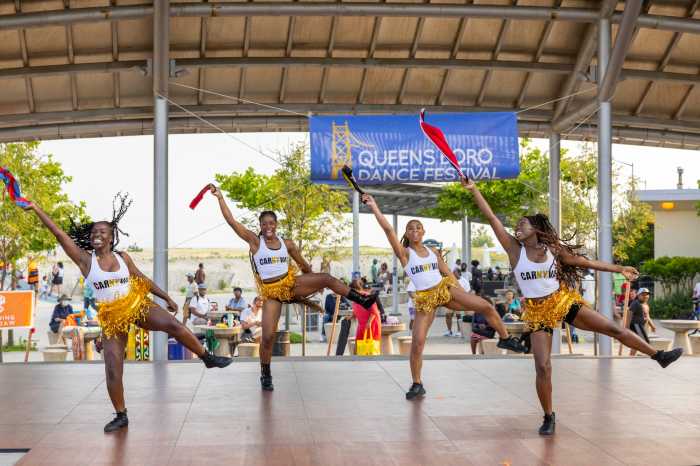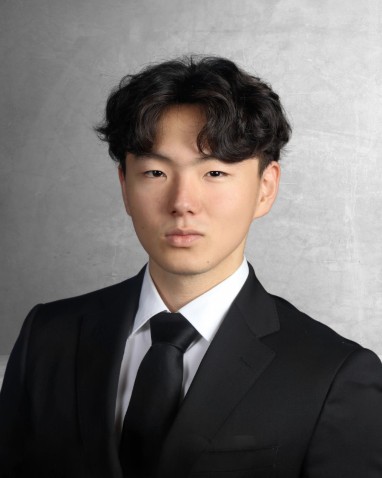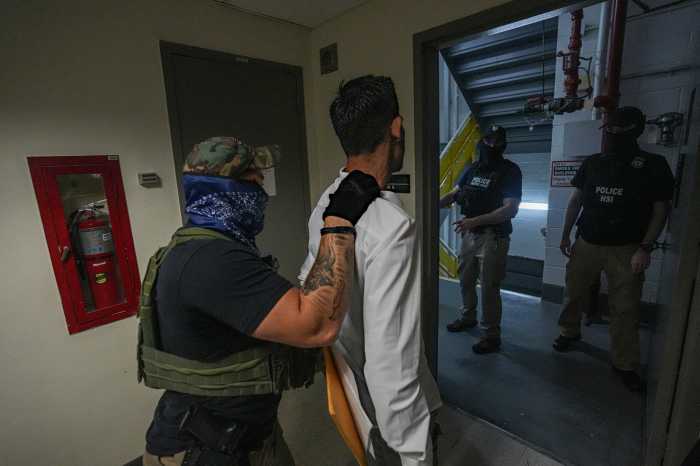She’s got the moves.
Manhattan-based dancer Marielis Garcia has an enlightened approach to dance. The professional performer enjoys exploring the many different forms and movements, and one of her greatest ambitions is to illustrate the vast world of dance. Because she says, the consideration that goes into performing and creating dance are commonly misunderstood.
“I would love for people to recognize the true fold of dance — the various complexities of the physical and mental specificity it takes to both be a dancer and a dance creator,” said Garcia.
Many times audiences place the expectation of fully understanding a dance before they can enjoy it, said Garcia. But she wants people to view dance similarly to how they consume and relate to music.
“I would love for people to find themselves within dance performances,” she said. “There is no right or wrong, and you don’t go to the symphony and feel like you have to know the story the composer was trying to tell — the same goes for most dance concerts.”
Garcia grew up in the Inwood neighborhood of Upper Manhattan to parents from the Dominican Republic, and spent most of her teenage years in New Jersey where her family moved afterwards. Following in her older sister’s footsteps, Garcia began taking up dance at a local school and discovered her love for dance. She returned to the city to complete her studies at Marymount College, where she completed a degree in fine arts.
She considers herself to be a contemporary dancer who enjoys dances that physically challenge her, and continually trains in ballet to improve her capabilities.
Most of her formal education is complete but she still finds herself acquiring and learning new skills everyday.
“You never stop learning and you’re always practicing,” said Garcia. “Even though I had professional dance training, I still take open classes.”
One of her favorite classes is led by Israeli dancer Zvi Gotheiner at City Center Studios. She says there is always a new and worthwhile experience.
“His class has an amazing array of artists that come through in each class, watching the variously trained bodies do similar movement is informational — I’m always learning,” said Garcia.
Other learning aspects come in the form of rehearsing and creating choreography for modern dance. Taking great pride in her Dominican heritage, Garcia says even when she’s not thinking of it — bits of her culture sneak into her creativity.
“I’ve never made a piece using traditional Dominican music, but sometimes when I’m in the studio, creating movements, I’ll put on music that’s comforting — music that reminds me of home,” she said. “Whatever music the composer might have brought in, it’s always fun to see what matches up and what doesn’t.”
But she feels no pressure to create work reflective of her culture. She’s come to accept the multitude of ways one can celebrate their heritage, and feels she fulfills it often.
“When I was in my early teens I was trying to figure out, or understand where I could fit in my culture, and as I grow up, I have figured out that there is no right or wrong way to be yourself,” said Garcia. “Despite Dominican music not being the literal music that accompanies my work, or making a dance in which the topic is the challenges of Caribbean transplantation, I do feel all that of that influence and history is in the DNA of work I create.”
Aside from music, she is inspired by a lot of established dancers. Some of her inspirations are Anne Teresa De Keersmaeker, Pina Bausch, Maguy Marin, Meg Stuart, Crystal Pite, Kate Ware, Kimberly Bartosik, Shannon Gillen, and Helen Simoneau.
One of the dance styles Garcia enjoys is Butoh — an extremely slow-paced style of Japanese dance that often exposes the endurance of its performer. Since discovering it, her mindset as a dancer is stronger.
“My minimal practice of this dance style helped me realize how much mental acuity it takes to move that slowly, and on other end, the physical — Butoh has taught me that physical rigor is not always speed,” she said. “It is hard to sit down in super slow motion, you’re basically fighting gravity the entire time.”
Coming to terms with work not always coming out perfect is a day to day revelation Garcia allows of herself. She says the ability to look at mistakes as learning lessons can have a great impact.
“I’ll be the first to admit failure and hope that I can continue to grow while doing this. The willingness to fail can teach us so much, in a sense this willingness means you are not attaching good or bad to failure, you are not assigning an idea of bad or better,” said Garcia. “What this willingness for failure invites is investigation, figuring out how and why. Failure is not a judge of character. In essence what I’m striving toward is a social redefinition of the word failure so that it includes process.”



